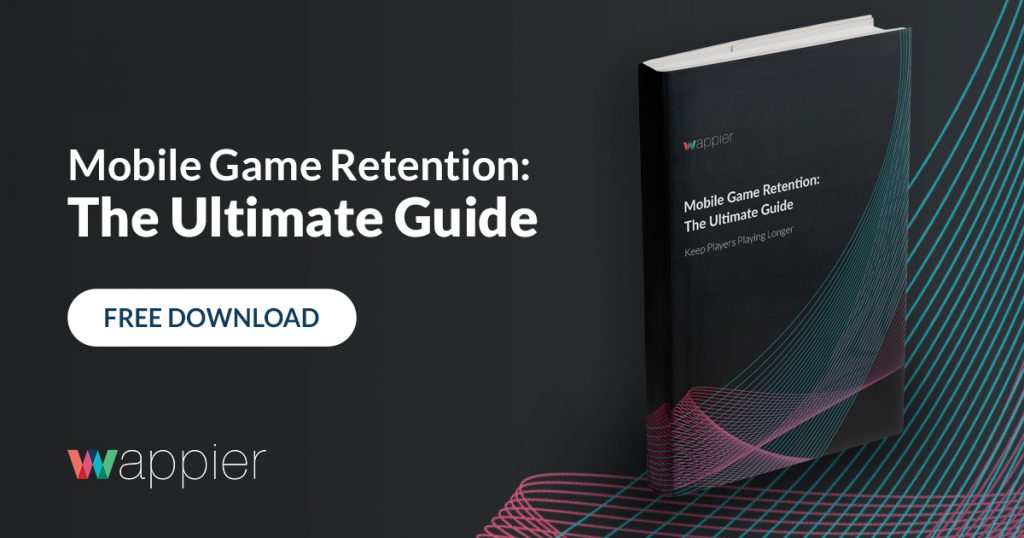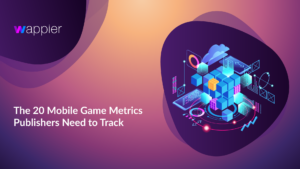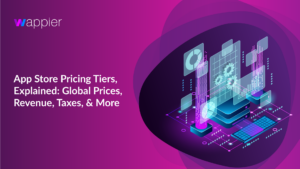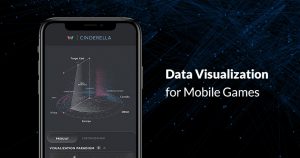When it comes to launching a successful mobile game, many F2P developers start by prioritizing retention above all else. Monetization figures like conversion and LTV are often sidelined based on the assumption that once a predictable retention curve has been established, developers can safely go to work generating revenue, secure in the knowledge that they’re doing so while still delivering value to their players.
It’s an understandable approach, especially considering how challenging it is to achieve strong retention rates these days. The top 25% of mobile games only have an average 28 day retention rate of 4% with the overall 30 day average landing somewhere closer to 2%.
Attacking one problem at a time might seem like an effective way to keep things manageable, but it unfortunately leads to missed opportunities. By waiting to develop a strong monetization strategy until the months after launch, developers not only miss out on potential earnings, but also neglect one of the few chances they have to establish relationships with their best retained, most devoted superfans.
Monetization and Retention are Correlated
The world’s most successful publishers understand that in many ways, monetization and retention are inextricably linked, and cannot be effectively handled in isolation. A properly optimized IAP pricing structure is a powerful way to improve retention among paying players, just as a well optimized loyalty program can increase conversions, stimulate repeat purchases and maximize long-term LTV. When balanced, the two elements generate a flywheel effect that provides hardcore fans with a long and fruitful avenue for engagement and ensures all other players see equal or greater value than if monetization were to be deprioritized at launch.
It’s as true in mobile gaming as it is elsewhere. In a co-authored piece for Reforge, former growth executives from HubSpot, SurveyMonkey, and Thumbtack explain how, “It’s not about growth or monetization, it’s about how monetization feeds growth as part of a holistic system.”
Game publishers need to stop making decisions based on the false pretense that developing successful retention and monetization is a sequential undertaking and not a concurrent one. Only when they start treating them as correlated metrics can publishers deliver the best possible experience for their entire player base while also ensuring that they are positioned to take full advantage of every possible earning opportunity at launch. This is particularly important should you get featured at launch.
Active Users Peak When Featured
While it certainly shouldn’t constitute your entire marketing plan, getting featured in one of the app stores at launch is always a possibility. When that happens, the impact can be massive. It can trigger thousands, if not millions of unpaid downloads, bringing DAU counts to levels that would otherwise be unachievable without a substantial paid advertising budget. It’s the kind of situation that marketing managers would kill for later in a game’s lifecycle, and it’s a rare opportunity to ensure a game’s long-term success.
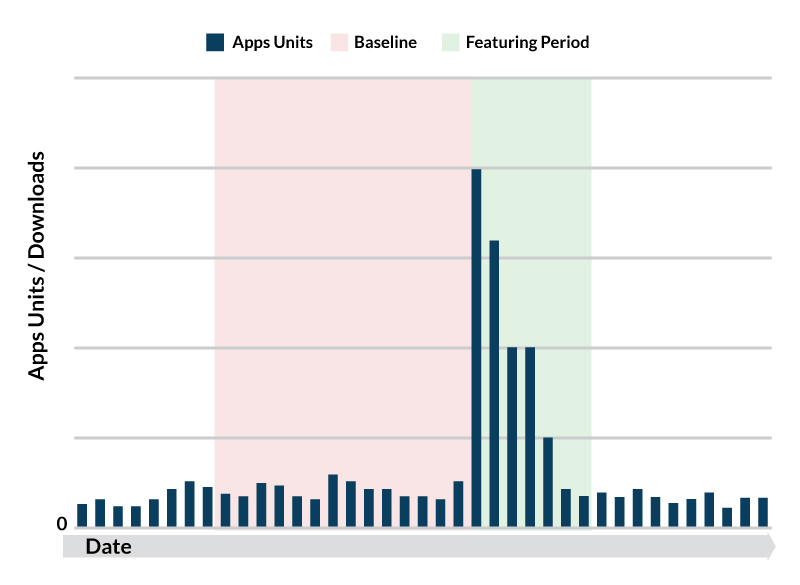
Going live with a half-baked IAP pricing strategy not only constitutes a loss of immediate earnings: It also means passing up on all the repeat purchases that could have been earned from long-term payers if you were able to demonstrate value immediately. On average, repeat buyers spend 33% more over their lifetime than one-time customers, to say nothing of the super fans that can end up spending hundreds of times more and help propel a game title up the charts. By launching with an IAP pricing strategy that offers value over long-term engagement, publishers can secure the greatest number of repeat spenders early on. Those who choose to spend will be better retained by a monetization system that understands their interests, producing a strong core community that will pay dividends across all engagement metrics. Alternatively, establishing this community only to flip the script down the line can have dire consequences.
Monetization Changes Can Produce Community Backlash
Marrying the goals of different KPIs is never easy. The most advanced publishers employ rigorous statistical analysis and machine learning models to help make these kinds of decisions. By leveraging strong machine learning solutions, developers can make massive data sets far more manageable, thus yielding predictions into player behavior, especially when it comes to dovetailing retention with monetization for mutual benefit. At wappier, we do just that. Our global pricing optimization and automated loyalty programs were designed from the ground up to deliver exponentially greater value when deployed in tandem. To learn more about how we can help your mobile game drive more revenue from a better retained player base starting at launch, click the button below to get in touch.


